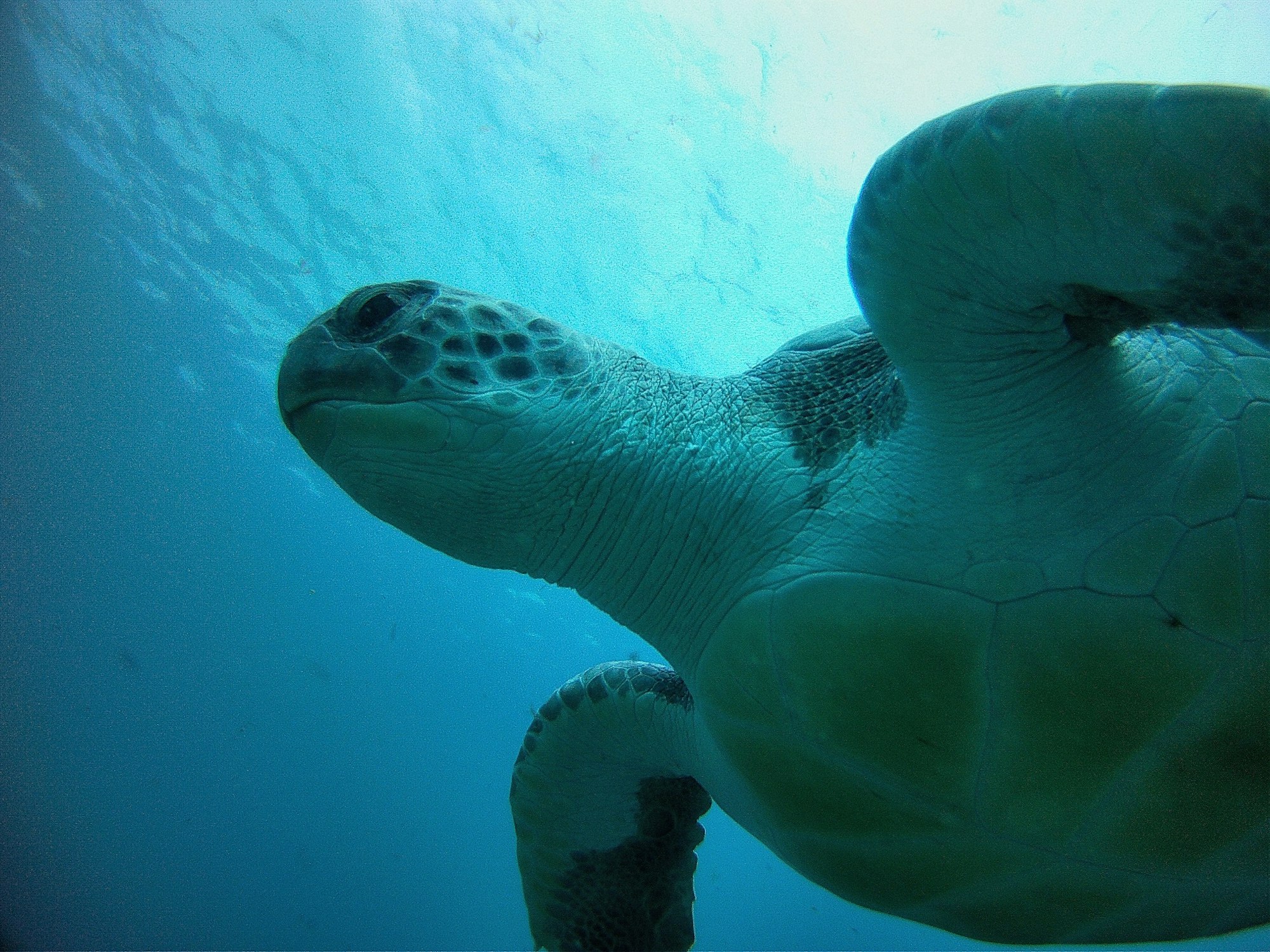
Diving is an activity requiring both physical fitness and mental fortitude to succeed, and should only be attempted under proper supervision. While diving can be dangerous without supervision, it can also be one of the most enjoyable ways to exercise and appreciate nature. For the best diving experience possible, professional instruction from an established diving school should be sought out as the primary method for learning how to dive – both indoors and outdoors, off cliffs or platforms into fresh or salt water and with various types of competitive diving being practiced across numerous disciplines under FINA (governing organization that also regulates Olympic competition in synchronized swimming and water polo).
There are five “groups” into which competitive diving dives are divided: Forward, Back, Inward, Reverse and Twist (plus armstand), with armstand being used exclusively in Platform competitions. Divers can perform up to six dives at any one meet – one optional dive ranked according to degree of difficulty (DD) set by their meet’s governing body – including one optional and five required dives.
The Diver Diving (DD) score is calculated by adding up all the diver’s points for each component of their dive, although there can be some subjectivity involved with judging; the goal being fair relative results. In competitive diving events, however, only seven or eight dives count towards their score with any extreme scores being disregarded and disregarded entirely; zeroes may only be issued under exceptional circumstances (usually when competing too young or in an emergency situation).
recreational divers often suffer from earaches caused by water pressure exerted upon their ears as they descend. To alleviate this discomfort, divers must equalize this pressure by opening up their eustachian tubes (which run from their throat backwards into their middle ears). This can be achieved either by pinching their nostrils and blowing through or holding one’s breath while raising one’s chin.
At a typical diving session, swimmers must prepare by donning their equipment and getting in the water. Once there, practice dives are made before making final dives under coaching’s watchful eyes; after each dive their air tank is checked for proper breathing and depth measurements by their coach. As part of each dive, a coach observes for correct technique and proper form. Following each dive, feedback and advice are often given, followed by a debriefing session whereby they discuss any issues that have come up during that particular dive. Coaches then instruct divers in the next phase of their program – either an entirely new dive or the continuation of one they already completed – before assigning a performance score for ranking purposes at competitions.